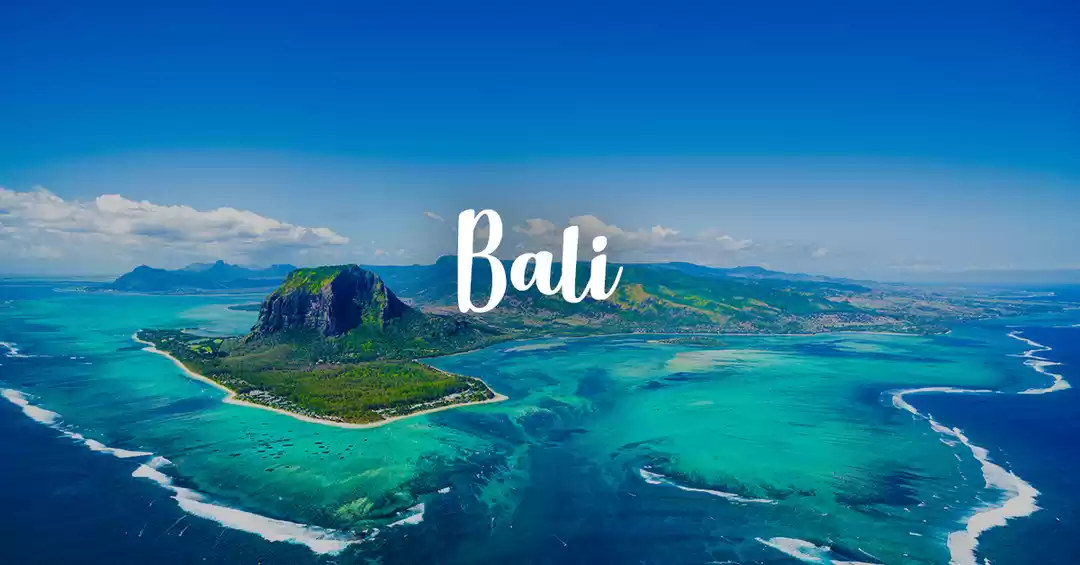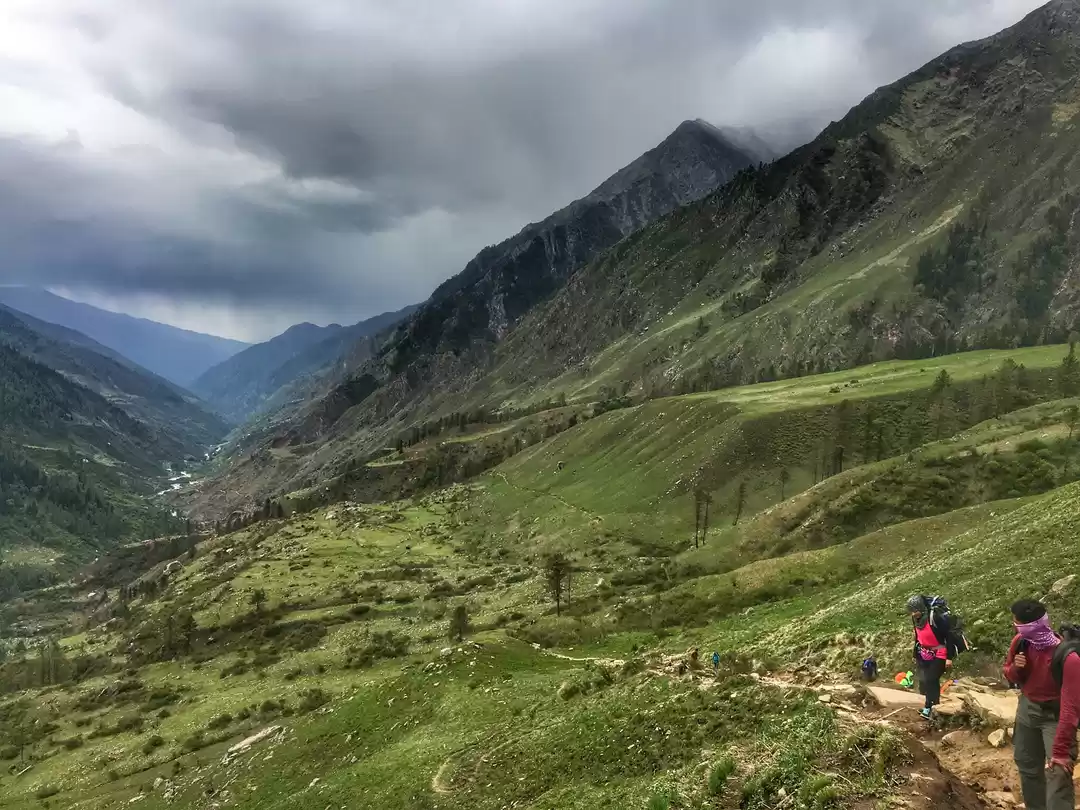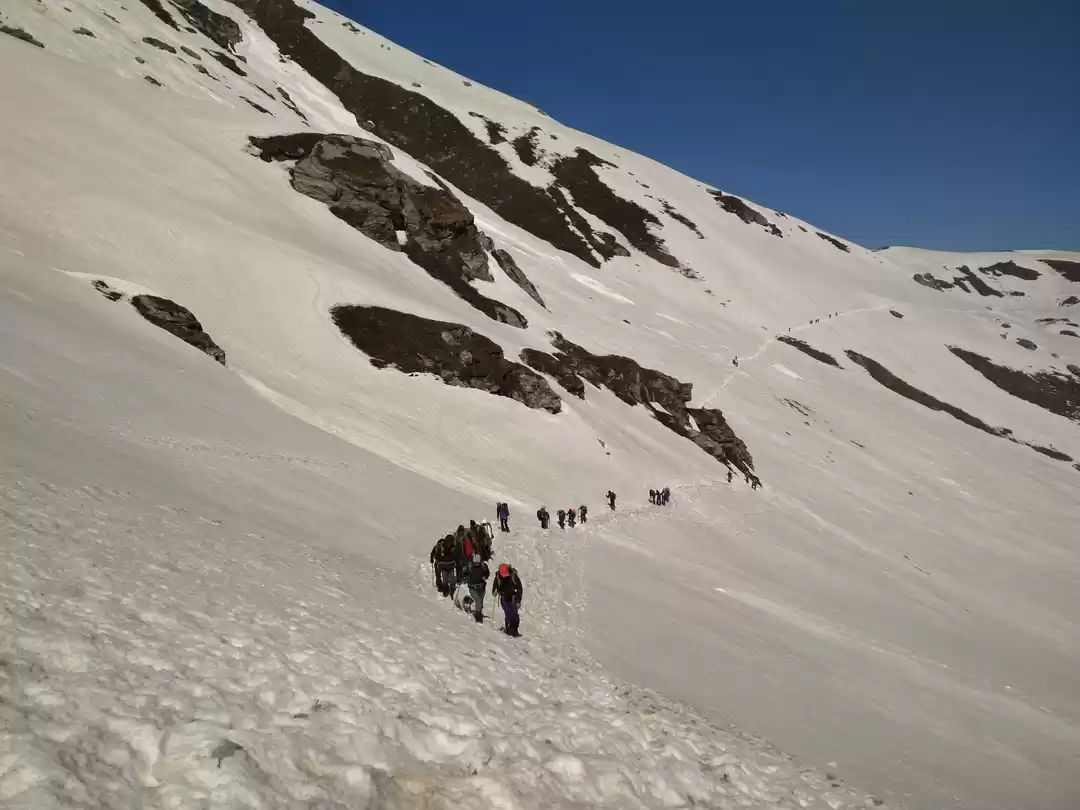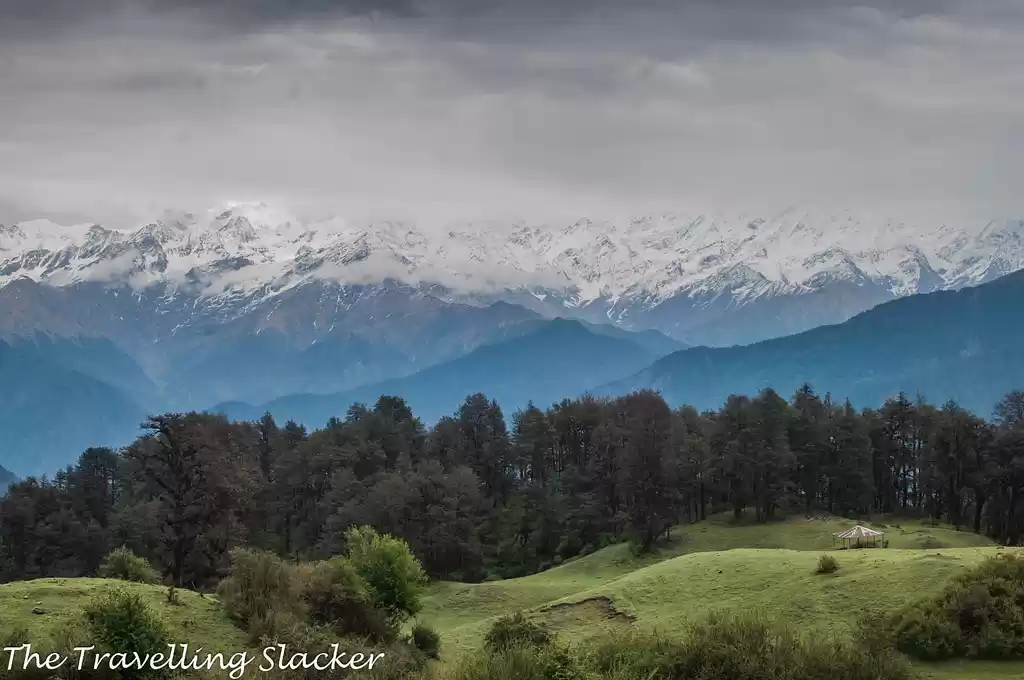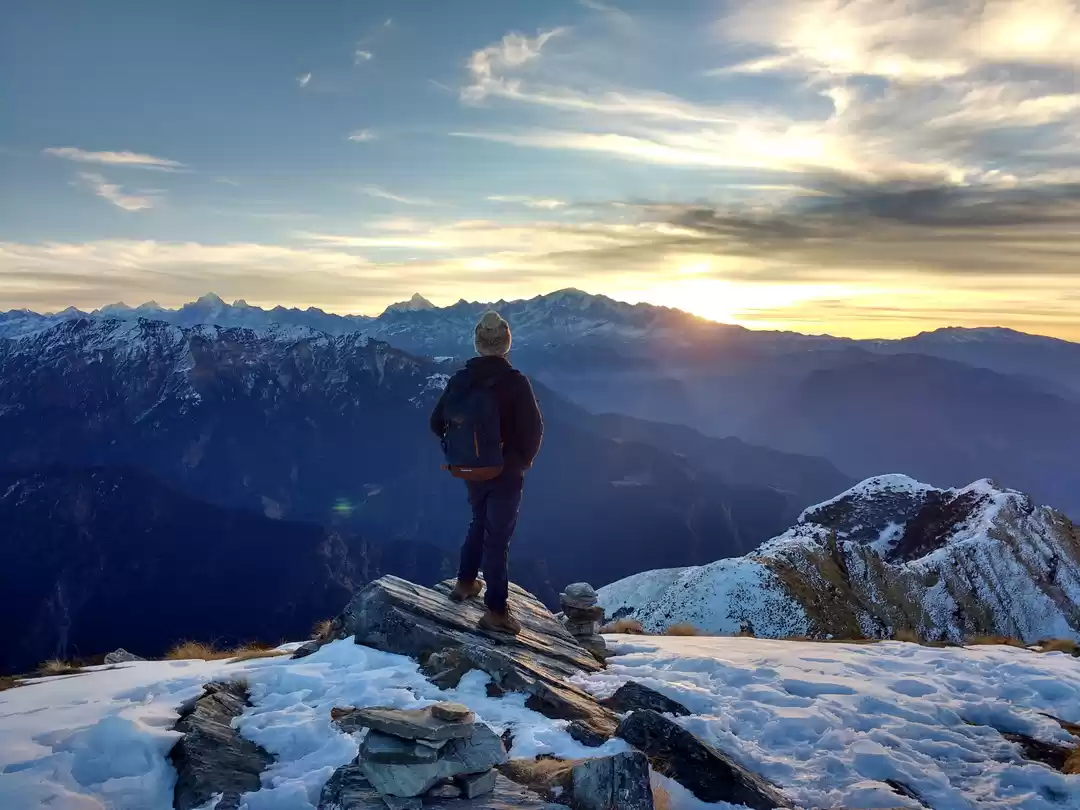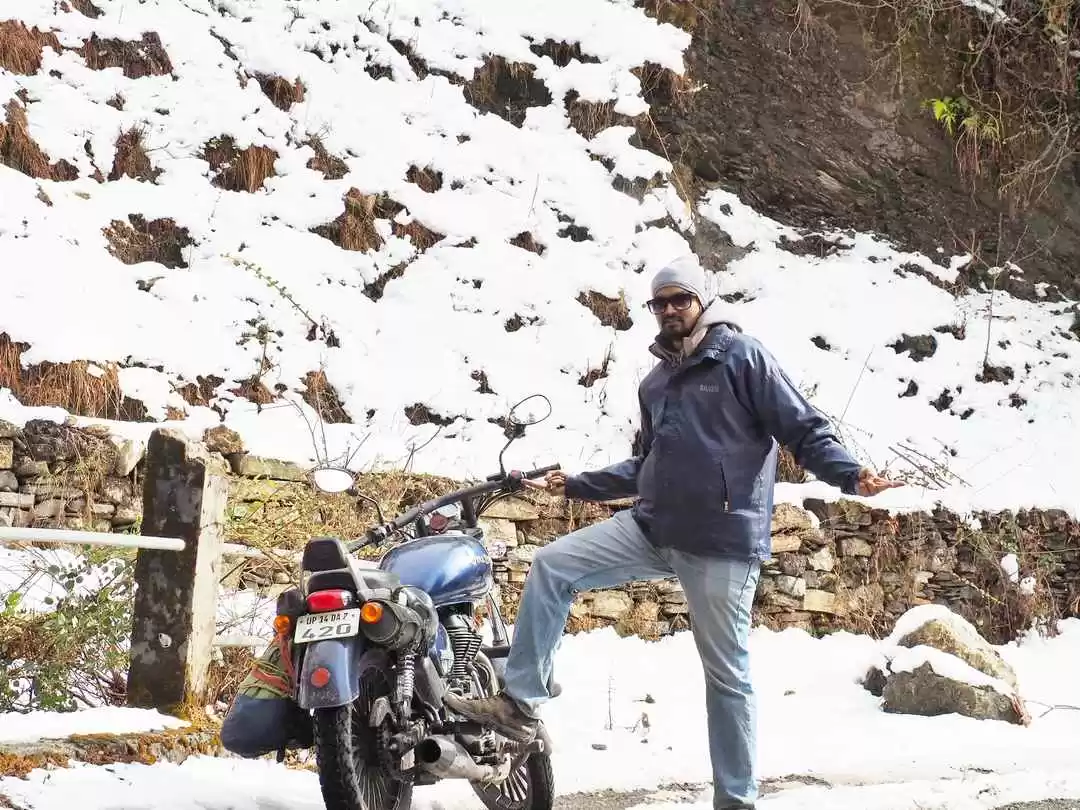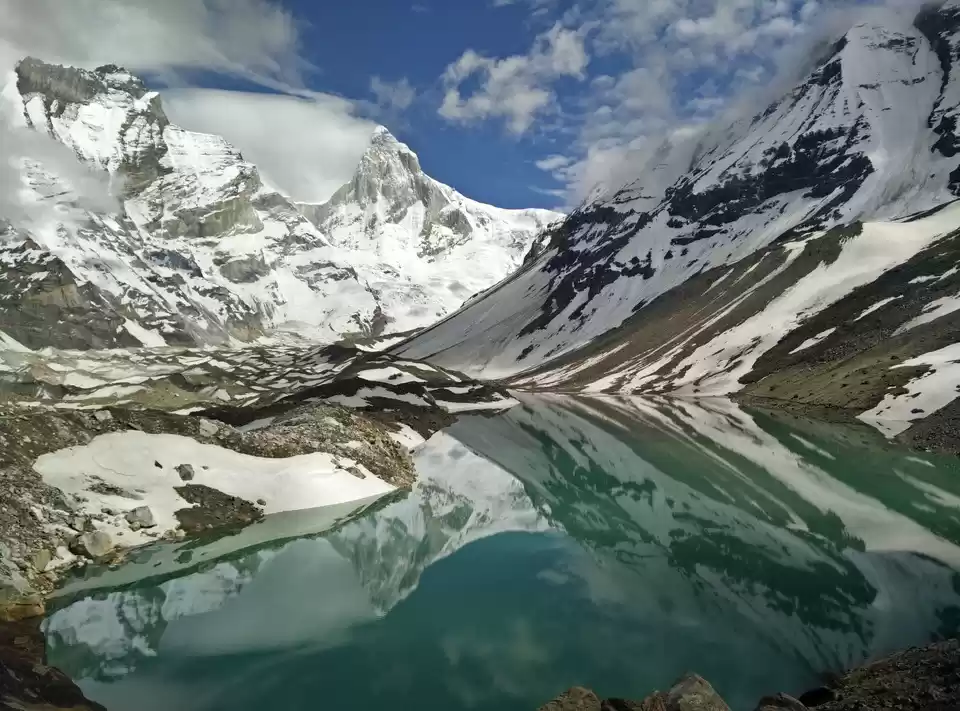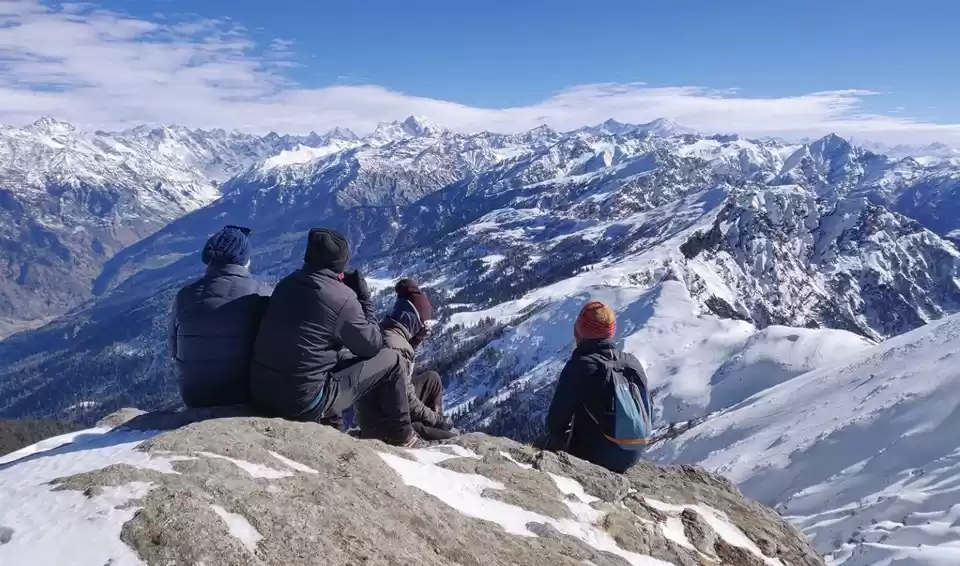
The mountains are a beautiful place to be; there is no doubt. The majestic peaks and graceful valleys beckon any and all with the spirit of exploration and adventure in them. The mountain ranges of the Himalayas in northern India have the tallest peaks to be found in the world.
However, these mountains, breathtaking as they are, do not stay the same at all times. These incredible mountains assume multitudes of hues and forms depending on the time of the year and the corresponding season.
The summer months witness an abundance of colors, vegetation, and bloom. In contrast, these same mountains drape a coat of pure white around themselves during the winter months, giving off a distinctly different vibe altogether.
This article talks about particular treks which are best undertaken during specific seasons.
Summer Treks:
Budget and difficulty level:
The Dayara Bugyal Trek will cost around USD 121(INR 9000) on average for each person.
This trek is comparatively short at about 25 km, passing through easily navigable terrain. Hence it may be attempted by novice trekkers as well.
Brief Itinerary:
Raithal in the Uttarkashi district of Uttarakhand is the starting point of the trek. The trail then takes you through the alpine pastures of the Bugyal region, through Gui, and finally to the campsite at Chilapada. You can stop for the night and take a rest here. From here, you set off the next day and trek for about 12 km to reach the Bakariya Top viewpoint at an elevation of 3657 m.
When returning, one must trek back to Barsu, where cars can be hired.
Highlights of the trek:
The Bugyal areas of Uttarakhand are teeming with biodiversity, and this has created the allure for trekkers and explorers and compelled them to visit this region for decades. Vast stretches of alpine pastures filled with flora and fauna make this trek one of a kind. During the spring-summer period, these areas are booming with new life, colorful flowers, green forests, making it an ideal time to witness the Bugyals in their full glory.
The Bakariya Top vantage point offers an incredible 360° view presenting the Bhilangana ranges and the Gangotri region. Glorious peaks like Bandarpoonch (6,316 m), Rudragaira (5,819 m), parts of the Chaukhamba, and much more are visible from this place.
Budget and difficulty level:
The Goechala Trek can cost a person around USD 216-229(INR 16000 to 17000).
This route passes through comparatively easy terrain. However, it is quite a long journey covering about 70 km. Hence it is a moderately difficult trek recommended for adequately fit trekkers.
Brief Itinerary:
The Goechala Trek starts from Yuksom. It passes through the Kanchenjunga National Park and reaches the deep gorges of Pa Khola, Tsushay Khola, and Mentogang Khola, which are crossed by walking over narrow suspension bridges.
Before reaching Dzongri Top, you will pass through areas like Sachen and Tsokha. Acclimatization is essential at this point. You can take a day off for acclimatization and then trek through Lamuney to reach Goechala viewpoint 1.
The trek route passes a distance of about 70 km in 10 days.
To return, one can trek back to Yuksom via Kokchurang and Tsokha.
Highlights of the trek:
The eastern part of the Himalayas is unique with its dense forests that turn the entire region green and a predominantly cloudy atmosphere that persists throughout the year. The Goechala Trek takes you through the magnificent Kanchenjunga National Park that boasts a rich ecosystem. During summer, temperatures are moderate, and this natural environment is blooming with new life.
Incredible views of the world's third-highest peak, Kanchenjunga (8586 m), can be glimpsed from Dzongri Top and Goechala viewpoint 1. The mountain changes color as the sun rises, making it one of the unique sights in this world.
Budget and difficulty level:
The Har Ki Doon Trek may cost a person about USD 100-110 (INR 7500-8000).
This trek covers a reasonably short distance with smooth elevation, making it a trek where inexperienced trekkers can also participate.
Brief Itinerary:
The base of this trek is at Sankri (1950 m), from where one can travel 11 km to Taluka via vehicle or trek. The Har Ki Doon trek begins in earnest from Taluka, taking a beautiful route along the Supin river to a place where on one side of the river lies the isolated Osla village, and on the other side lies Seema. From Seema, the route goes through lush green meadows to reach Kalkati Dhar. Moving on, the Hata Peak appears in the distance. At the foot of this peak, the beautiful Har Ki Doon valley (3,566 m) is located.
One can trek from here to either the Jaundhar Glacier (4,300 m) or the Maninda Lake (3,970 m).
To initiate the return journey, one must trek back to Taluka.
Highlights of the trek:
This trek offers added excitement for those who love mountainous rivers as it mostly follows a river to reach the Har ki Doon.
This entire route is covered in fresh rhododendron, magnolia, and bougainvillea blooms during the summer season, giving it an enchanting feel. The valley is sculpted like a cradle by glacial erosion, creating some unique landscapes. Also, the breathtaking Swargarohini Peak (6,252 m) is visible clearly from this valley.
Winter Treks:
Budget and difficulty level:
This trek is estimated to cost between USD 240 (INR 18000) to USD 266 (INR 20000) per person.
Chadar The Frozen River Trek is a moderate to difficult level trek because of the distance traveled on challenging terrain and the extreme weather conditions to be faced on this quintessential winter journey.
Brief Itinerary:
This trip is made possible because, during the winter months, temperatures dip to extremes of -30° to -35° C. This freezes the Zanskar river of Ladakh, forming a sheet of solid ice on the surface. This makes it possible to walk over and along the river from Chilling at the height of 3000 m up to Padum at an elevation of 3669 m.
The route moves through a frozen waterfall at Nerak, to Lingshed, and finally to Padum. It can take two weeks to cover 105 km.
Highlights of the trek:
The river and surrounding areas get covered in a thick blanket of snow during winter, imparting a surreal feel to the environment. The river seems like a gigantic snake of solid ice surrounded by awe-inspiring mountains, making it an experience no one should miss out on.
Budget and difficulty level:
This trek is estimated to cost about USD 120 (INR 9000)
The trek entails walking a great distance through a densely forested area, so a certain degree of fitness is required to undertake it.
Brief Itinerary:
Sari is the base camp of this trek. From there, one needs to trek up to lake Deoriatal, perched at the height of 2380 m.
From here, the route enters the Kedarnath Musk Deer Sanctuary, weaving through the densely forested region until it reaches an incredible viewpoint named Chopta.
The Tungnath Temple is 3.5 km away from Chopta, seated at the height of 3,680 m.
The Chandrashila Peak(3690 m) is the last stop of the trek and can be reached by hiking a distance of 1.5 km from the temple.
From here, one needs to trek back to Chopta, thus ending the Deoriatal Chandrashila Trek.
Highlights of the trek:
This trekking route assumes an entirely different aura during the winter months. The beautiful Deoria Tal lake seems like a jewel set in white velvet, and the dense forests of the wildlife sanctuary feel like a scene out of a Christmas postcard.
You also get the chance to visit the highest of the Panch Kedar temples of Lord Shiva. The ancient temple is a regal sight amidst the mountains.
The moon-shaped Chandrashila summit offers an unparalleled panoramic view of the surrounding mountains that is sure to leave an impact on any receptive soul.
Conclusion:
The mountains feel like different entities altogether in different seasons. Now that you know the best places to go trekking in India during the months of summer and winter, why wait any longer? With the right gear and physical and mental preparation, you can embark on these remarkable journeys at your will!











